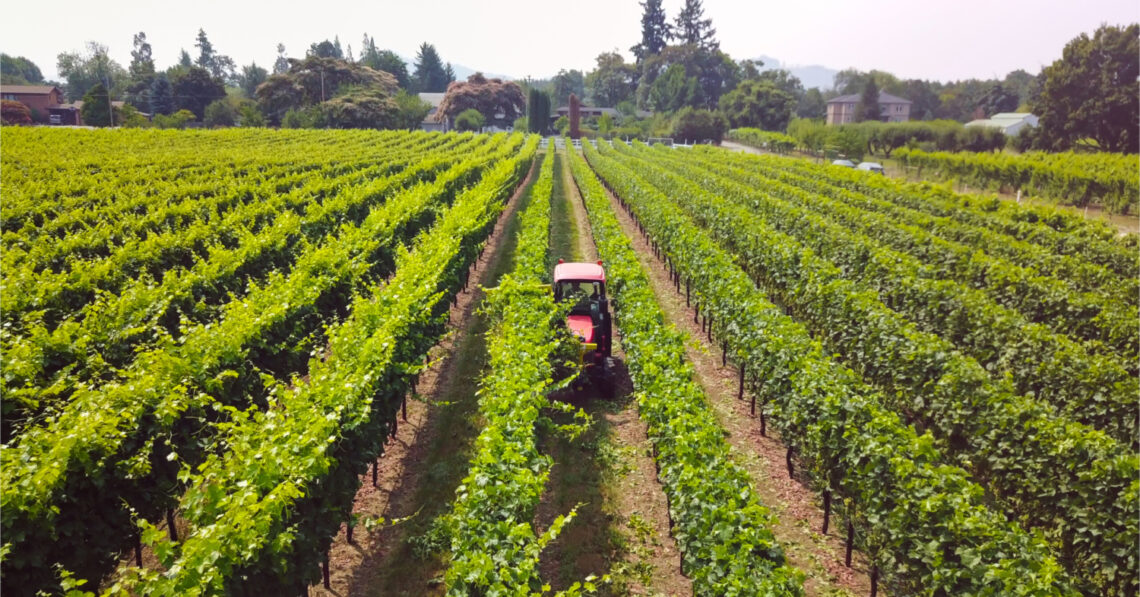The winemaking history of Umpqua Valley, the oldest wine region in Oregon, located in the southwestern part of the state, dates back to 1880, when German immigrants who had worked for the Beringer Bros, the oldest continuously operating vineyard in Napa, planted the first wine grape vineyard in the valley.
The Umpqua Valley appellation became official in 1984. The Umpqua Valley Winegrowers Association is a non-profit organization dedicated to promoting the wineries and vineyards of the area.
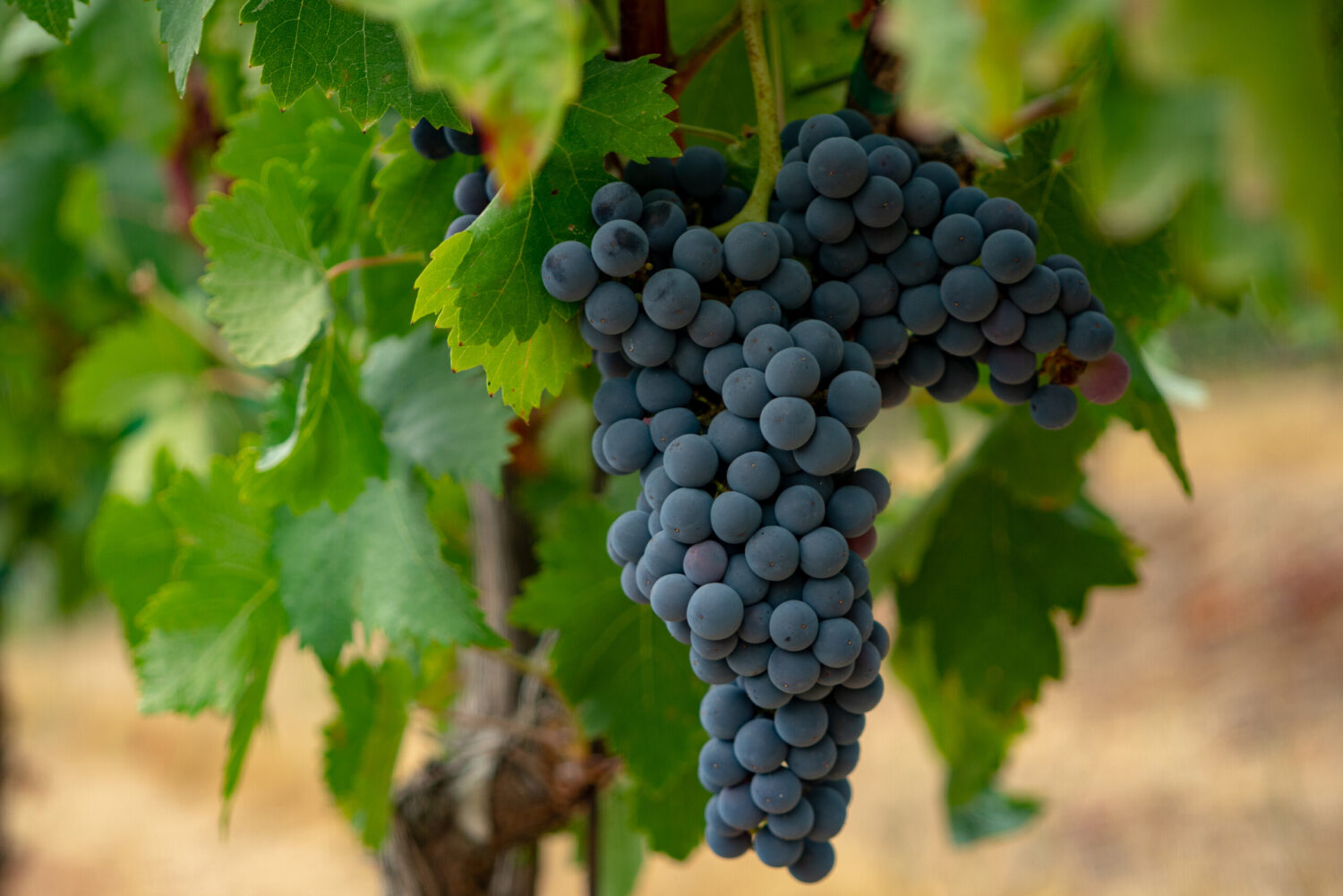
©Umpqua Valley AVA
Today, Umpqua Valley has over 30 wineries producing more than 40 varietals, including Baco Noir; Barbera; Cabernet Franc; Cabernet Sauvignon; Chardonnays; trick; Gamay; Gewürztraminer; Grenache; Merlot; Malbec; Muscat; Pinot Blanc; Pinot Grigio; Pinot Meunier; Pinot Noir; Rieslings; Sangiovese; Sauvignon Blanc; Tempranillo; Teroldego; Viognier and more. An important quantity of varieties, made possible by the different types of climate that allow for the successful cultivation of cool and warm climate grape varieties; cooler grapes such as Pinot Noir and Riesling in the northern part of the region. Finally, hotter varieties like the Tempranillo in the southern valley.
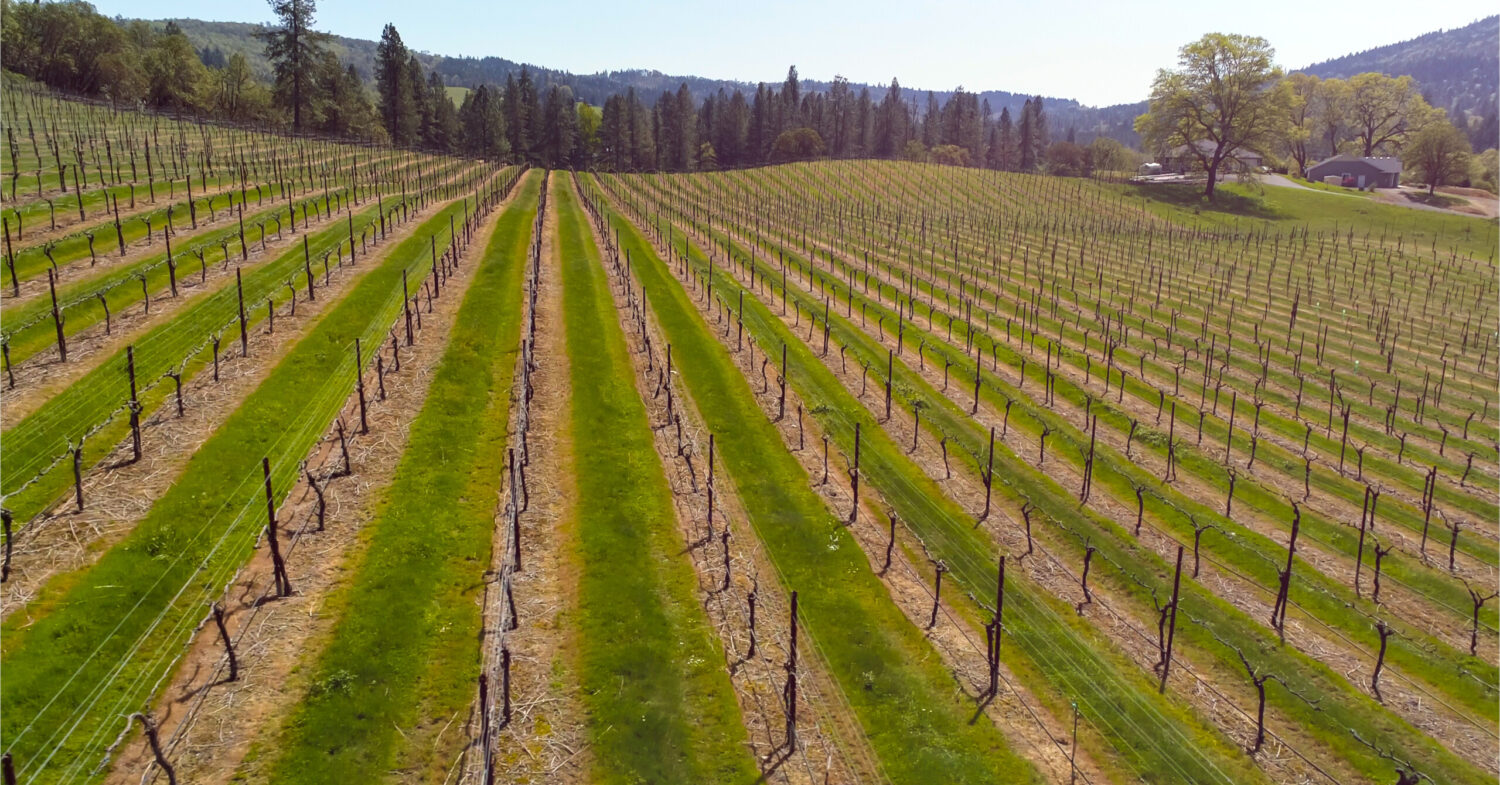
©Umpqua Valley AVA
This valley has a number of firsts. First Pinot Noir planted at Hillcrest Vineyards, Tempranillo first in the Pacific Northwest at Abacela, first Grüner Veltliner planted in the United States at Reustle Prayer Rock. Paul O’Brien Winery, the first urban winery in Roseburg, part of the new wave of winemakers.
The area is home to 70 vineyards totaling over 1,500 acres.
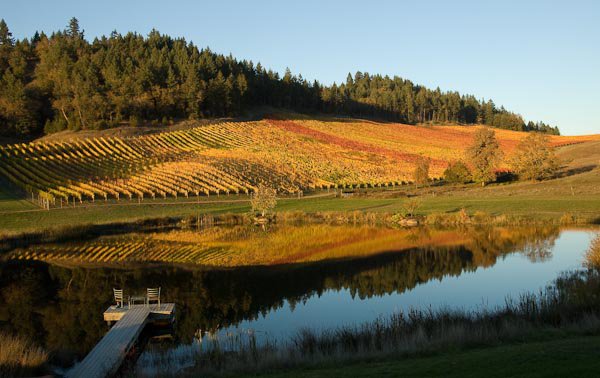
©Umpqua Valley AVA
Over 150 soil types derive from a mix of metamorphic, sedimentary and volcanic rocks. The valley floor levels are mostly deep alluvial or heavy clayey materials, while the slopes and bank locations have mixed alluvial, silty or clayey structures, all typically excellent for viticulture.
The complex topography of the Umpqua Valley is the result of the collision of three mountain ranges of various ages and structures: the Klamath Mountains, the Coast Range and the Cascades.
The Umpqua Valley lies between the Coast Range to the west and the Cascade Range to the east, with the Willamette Valley AVA to the north and the Rogue Valley AVA to the south. The denomination extends 65 miles north to south and 25 miles east to west.
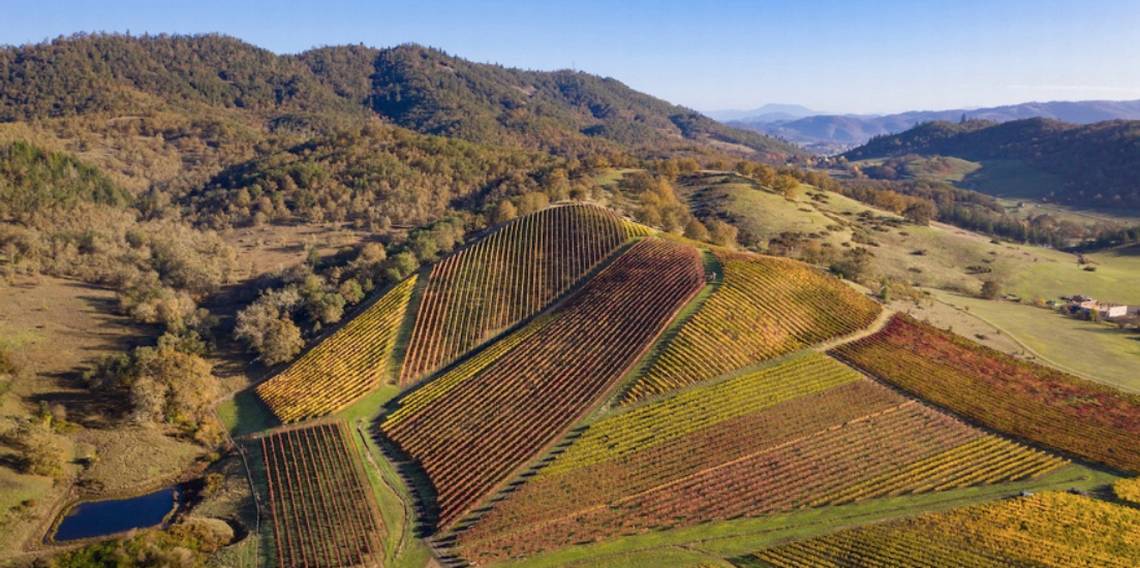
©Umpqua Valley AVA-Cobblestone Hill
The recognition of the region grows from year to year, with national and international awards that certainly make a US wine-growing area unique in its kind to be discovered.


